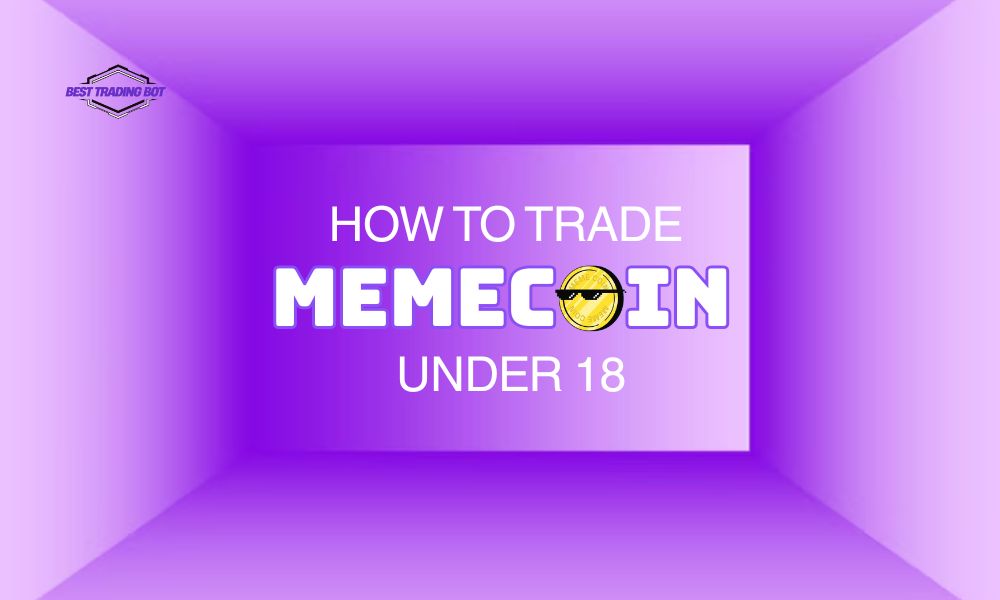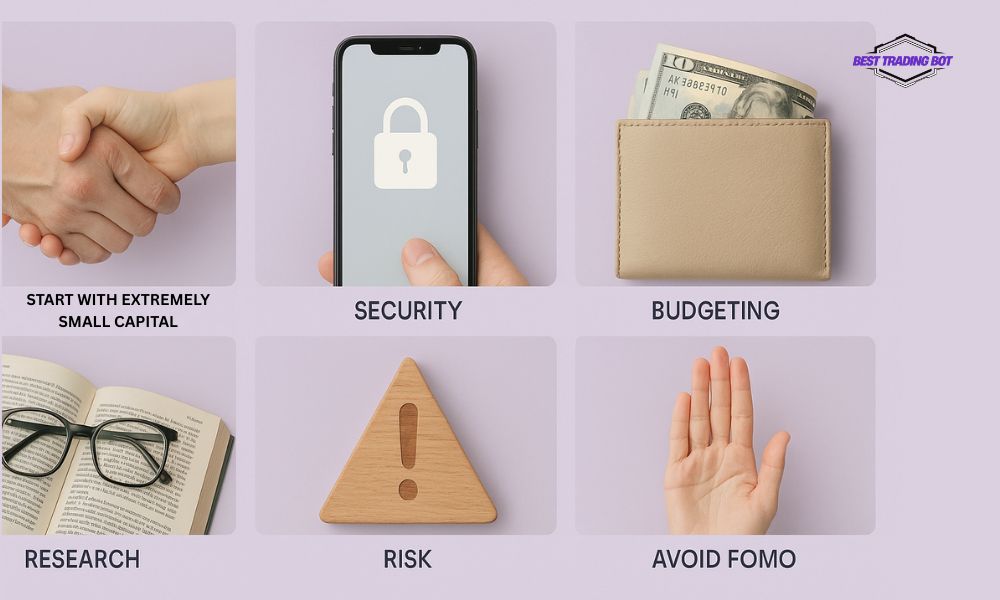How to trade memecoins under 18 is a challenging question due to legal hurdles, but some potential methods exist for young enthusiasts to explore. However, it’s crucial to clearly understand the associated risks and prioritize personal financial safety before venturing into this volatile market. This guide explores viable options and essential precautions for those under 18.

Contents
Trading via Decentralized Exchanges (DEXs)
This is one of the most commonly discussed methods when considering how to trade memecoins under 18 due to its permissionless nature.
How it works: Decentralized Exchanges (DEXs) like Uniswap (on Ethereum), PancakeSwap (on BNB Chain), or Raydium (on Solana) do not require users to create accounts or undergo KYC. Instead, you connect your personal non-custodial crypto wallet (e.g., Metamask, Trust Wallet, Phantom Wallet) directly to the DEX’s interface to trade.
Advantages:
- No KYC: This is the primary appeal for users under 18.
- Asset control: You retain full control over your private keys/seed phrases and, therefore, your assets, without relying on a third party.
- Access to new memecoins: Memecoins often list on DEXs before they appear on larger CEXs.
Disadvantages and high risks:
- Complexity for newcomers: The interface and trading process on DEXs can be more confusing than on CEXs.
- Smart contract risks: DEXs operate on smart contracts, which can have bugs or security vulnerabilities leading to hacks.
- High scam prevalence (Rug Pulls, Honeypots): Due to their decentralized and often unvetted nature, DEXs are rife with fraudulent memecoin projects. You might buy tokens you can’t sell (honeypots) or see projects suddenly drain all liquidity (rug pulls).
- Volatile gas fees: Transaction fees (gas fees) on blockchain networks, especially Ethereum, can be very high and fluctuate wildly.
- Self-custody responsibility: Losing your private key/seed phrase means losing all your assets, with no recovery method.
Seeking assistance from a guardian (parent/relative over 18)
This is a more legally sound approach for individuals under 18 to access the market.
How it works: A guardian (who is 18 or older and has valid identification) registers and verifies an account on a reputable CEX in their name. The person under 18 can then participate in research and decision-making under the guardian’s supervision and with their permission. All transactions are executed through the guardian’s account.
Advantages:
- Access to CEXs: Enables trading on larger, more liquid, and often more user-friendly platforms.
- Relatively safer (in some aspects): CEXs generally have better security mechanisms and a lower (though not zero) risk of outright scam projects compared to some corners of the DEX world.
- Supervision and guidance: The guardian can offer advice and help manage risks.
Disadvantages and considerations:
- Requires complete trust and consent: The guardian must be fully willing and cooperative.
- Guardian bears legal responsibility: Any legal or tax implications associated with the account fall on the account holder.
- Guardian needs crypto knowledge: To supervise effectively, the guardian should also have a basic understanding of cryptocurrency risks, especially concerning memecoins.
Peer-to-Peer (P2P) trading platforms
P2P trading allows for direct buying and selling between users.
How it works: Some CEXs have P2P sections, or dedicated P2P platforms exist. Theoretically, if trading small amounts and finding a seller who doesn’t strictly enforce KYC for minor transactions, this could be an avenue.
Advantages: May bypass KYC in some small, informal trades.
Disadvantages and extremely high risks:
- EXTREME risk of scams: This is one of the easiest environments for scams (e.g., sending money but not receiving coins, or vice-versa).
- Difficult to find trustworthy partners: Especially challenging for newcomers with no experience.
- Often poor liquidity and unfavorable prices: Compared to exchange trading, P2P often has lower liquidity and less competitive rates.
Vital precautions when trading Memecoins under 18

Regardless of which method you explore for how to trade memecoins under 18, the following points are crucial:
Start with extremely small capital: Only use money you are entirely prepared to lose – consider it “tuition fee.” Never use savings, school fees, or borrowed money.
Thorough research (DYOR – Do Your Own Research): Don’t blindly trust hype or “shills” on social media. Investigate the project, its team (if any), community, and red flags for scams.
Understand extreme volatility: Memecoins can surge parabolically but can also crash to zero in an instant. Be mentally prepared for this.
Beware of scams: Learn about rug pulls, honeypots, and pump & dump schemes.
Secure your assets: If using a non-custodial wallet, protect your private keys/seed phrases meticulously. Use strong passwords and two-factor authentication (2FA) where available.
Prioritize learning: View market participation as a way to learn about blockchain technology and finance, rather than solely focusing on quick profits.
Ultimately, understanding how to trade memecoins under 18 reveals significant risks and challenges. Prioritize education and safety above all. For those eligible and seeking market insights, follow Best Trading Bot for timely updates and analysis to aid your journey in this dynamic space
